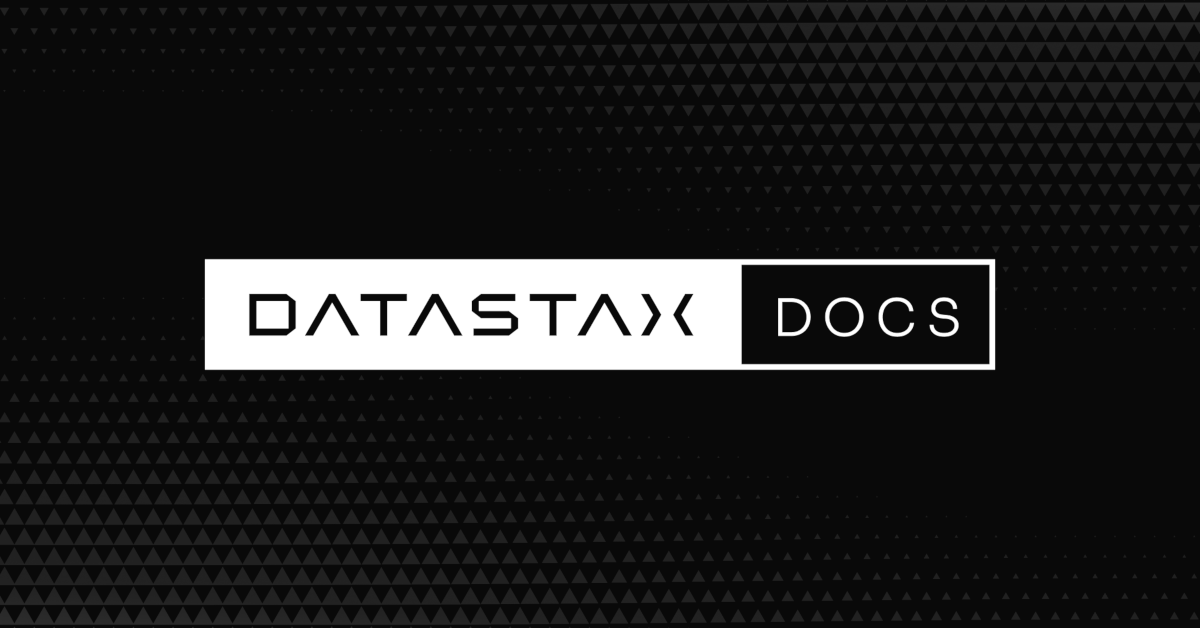DataStax has developed an Operator that makes it easier to deploy and update the open source Cassandra distributed database on top of Kubernetes clusters.
At the same time, the company also revealed it is now a Silver Member of the Cloud Native Computing Foundation (CNCF), which oversees the development of Kubernetes.
Sam Ramji, chief strategy officer for DataStax, says as interest in deploying stateful applications on Kubernetes has risen, a natural synergy has emerged between Cassandra and Kubernetes. The Operator software for Cassandra will make it easier to manage Cassandra databases on Kubernetes clusters.
Developed by CoreOS prior to its acquisition by Red Hat, Operators have emerged as a preferred method for packaging and deploying software on clusters leveraging Kubernetes application programming interfaces. Companies that have contributed to the development of an Operator for Cassandra include Netflix, Target, Monzo and Orange.
Cassandra is a type of so-called NoSQL database based on a wide-column store rather than a traditional relational database engine. That approach has allowed the Cassandra database to emerge as a popular alternative for running high-performance applications. DataStax provides a curated instance of Cassandra to enterprise customers. The core Cassandra database project is maintained under the auspices of the Apache Software Foundation (ASF). DataStax will include the Cassandra Kubernetes operator in DataStax Astra, a database-as-a-service (DBaaS) offering built on Cassandra that can be deployed on a public cloud or on-premises IT environments.
Ramji says the Operator for Cassandra aims to make it easier for DevOps teams and database administrators (DBAs) to deploy and manage updates to Cassandra databases. It’s not always clear in some organizations whether site reliability engineers (SREs) or DBAs are managing databases these days. However, Ramji says in either case, organizations increasingly need a database that is capable of scaling up and out as workload requirements change. In comparison, he notes traditional relational databases are designed to scale up, while rival NoSQL databases make it possible to scale out but don’t make it especially easy to scale back in when a workload no longer requires the same amount of resources.
One of the reasons Cassandra is being deployed frequently on Kubernetes is that collectively the two platforms make it easier to optimize IT infrastructure resources, adds Ramji. Cassandra distributed databases also lend themselves better to being deployed across multiple clusters using tools such as Kubernetes Cluster Federation (KubeFed), which is currently available in alpha, he notes.
It’s still early days as far as the deployment of stateful applications on Kubernetes is concerned. However, it’s clear most IT organizations are now comfortable managing multiple types of data stores. Deploying Cassandra on top of Kubernetes will be just one of many options. Less clear is to what degree IT teams will be able to unify the management of all those data stores.
In the meantime, Cassandra continues to gain momentum, especially among organizations that would prefer to not manage large numbers of relational databases to achieve the same levels of performance.








